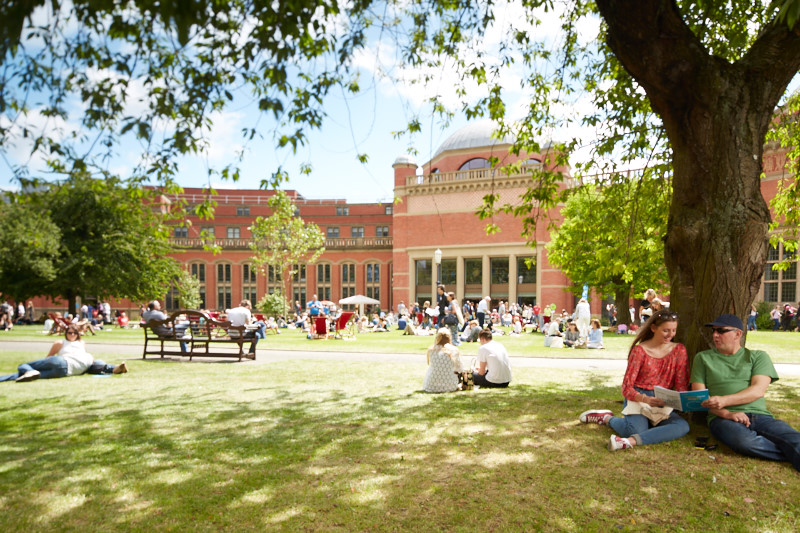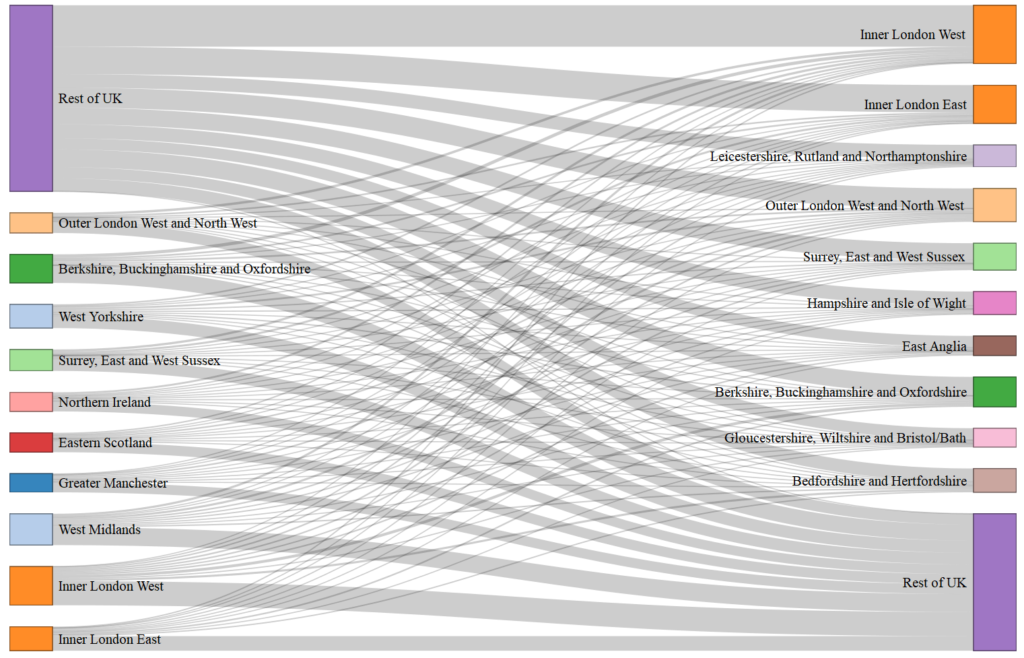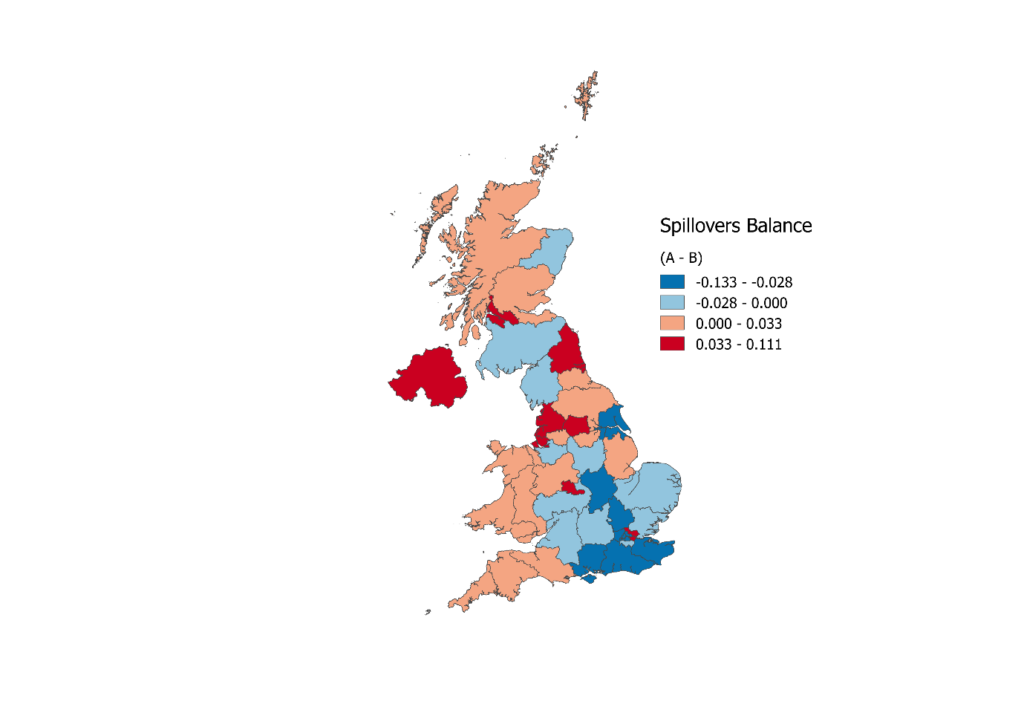 In this blog Diana Gutiérrez-Posada, Tasos Kitsos and André Carrascal-Incera discuss their project on the impact of universities on regional economies, linking to further work in City-REDI.
In this blog Diana Gutiérrez-Posada, Tasos Kitsos and André Carrascal-Incera discuss their project on the impact of universities on regional economies, linking to further work in City-REDI.
This research is part of the City-REDI project “The Impact of Universities on Regional Economies“.
There is a great divide among academics and the public as to the awareness of the potential impact of universities in their local areas. Naturally, academics have examined the role of universities through a variety of impact channels. However, it is only recently that a concentrated effort is being made to share this evidence with the rest of society.
The increase of interest from both policy-makers and academics in providing evidence on the university-local economy relationship has fuelled further research in the channels through which Higher Education Institutions (HEIs) influence their regional environments, how large is their contribution and how can we make the most of it.
Our project aims to contribute to the discussion on HEIs’ impact on regional economies by measuring some of the benefits and potential costs in the university-local economy relationship. There is a variety of impact channels to consider so this is jigsaw we, and others in City-REDI, aim to complete one step at a time.
So far, four impact pathways have been identified:
- Human capital channel: HEIs play a key role in the local knowledge and skills landscape, which in turn has an effect on wages, technological potential and productivity. The results of this can be seen not only on individual performance but also on the wider socio-economic prospects of a region.
- Innovation channel: besides the generation of new knowledge and products, HEIs are active stakeholders of the innovation diffusion system at the local, national and international level. The implications of this are especially relevant in terms of knowledge spillovers and the capacity of the region to transform these flows into local benefits.
- Entrepreneurship channel: related to the previous channel, HEIs can generate knowledge that may be of use for local innovators. Alternatively, universities may have their own commercialisation initiatives (see City-REDI’s commercialisation project). In addition to this, Universities are fostering entrepreneurship skills and are linked with the entrepreneurial culture of a region, fostering the exploitation of opportunities.
- Spending channel: HEIs are also local anchor institutions which generate significant spending through the consumption of products from other sectors. This expenditure can create significant multiplier effects that stay in the local production system and labour market or it can turn into a spillover that benefits a different locality.
We start our jigsaw with the spending channel. We examine how university students’ expenditure generates multiplier effects for the host region and the country, as well as how it travels across the UK economy via industrial input-output relationships. Using regional, national and international datasets, we build an input-output model for all of the UK’s regions and combine it with microdata from expenditure surveys to measure the impact of student expenditure by region. This also reveals the ability of regions to retain the gains from their student’s consumption and to capture spending from students in other regions.
In this way, we bring forward the symbiosis that exists between universities, regions and students, adding a multi-regional perspective to the recipe. This allows us to examine the capacity of regions to generate, keep and receive spillovers from HEIs students, depending on their sectoral structure and their trade relationships with the rest of the regions in the country.
Looking at the data and the outputs, a “wild” landscape of heterogeneous effects emerges. Some regions have significantly higher benefits than others from the same student spending. This is due to their capacity to generate multipliers that also stay local. Similar differences are observed when considering the generation and receipt of spillover effects (figure 1) with some places being net contributors (spillover balance>0) whilst others are net beneficiaries (spillover balance<0) (figure 2). The West Midlands is the perfect example of a region generating more benefits than it receives. In particular, we find that £1 of student consumption generates 21 pence for other regions, while it receives 10 pence, making for a net spillover effect of 11 pence.


The differences found are a testimony of how different productive structures translate into different regional absorptive capacities. It is yet another reminder of the “wild” interconnections between economies and the need to understand the systemic processes taking place before tackling unbalances.
Our project will continue to uncover these interrelationships and more importantly the multifaceted impact of universities in their local economies. It is important to understand how the above translate in local labour market effects and the multitude of channels via which universities impact on their host areas. For more information on current, ongoing and future work, get in touch!
This blog was written by Diana Gutiérrez-Posada, Tasos Kitsos and André Carrascal-Incera, Research Fellows, City-REDI / WM REDI, University of Birmingham.
Disclaimer:
The opinions presented here belong to the author rather than the University of Birmingham.
To sign up for our blog mailing list, please click here.
